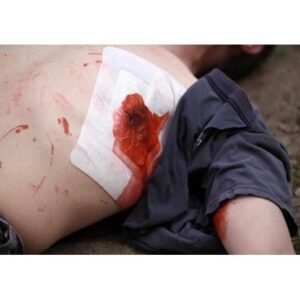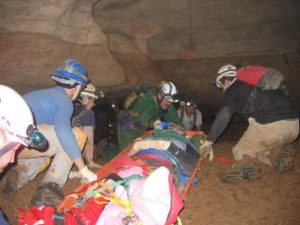How to Be a Protector Without a Gun

Before we get going on this, I want to say that I don’t have any problem with guns. I own guns and will until I die. I also do not have any issues in using a firearm defensively to protect the lives of my friends and family, or offensively in the protection of my nation.
Though, I also think if you carry a weapon, it is your DUTY to learn trauma medicine as well. If you’re going to carry the tools to punch holes in people, it’s your duty to carry the tools and learn the skills to patch holes.
I also know that not everyone is like me with the same lack of compunction. There are many people who do not agree with me and have no desire to fight.
The earth is full of amazing people who bring value to everyone around them with their unique perspective, experiences, and world views. And it’s not hard for me to understand why a person might choose not to fight.
Whatever the reason, many still have a desire to protect themselves and others and can do so with the use of emergency medicine. They may not want to carry a gun, but a trauma kit, well stocked with bleeding control, is an excellent way to serve their community in a non-combatant capacity.
And far more useful than carrying a gun. The odds that you will need a trauma kit to save a life is greater than the off chance you will need a gun to protect yourself. Thankfully, you’re much more likely to encounter someone who needs to be saved, then you are to encounter someone who needs to be killed.
What You Need to Know
Not much.
Certainly, the more you know the better. But not everyone, myself included, has the desire or ability to commit themselves to medical school to become a doctor. Fortunately, you don’t need to learn vascular surgery to be helpful to someone in an emergency.
Medicine is a thinking game and requires a basic understanding for you to be able to benefit victims with life-threatening wounds. It requires a time investment to learn these basics and practice the skills, but a lot of good can be done by someone with only a basic understanding of proper bleeding control.
The primary goal of any first responder to the scene of an emergency is to prevent further harm, and to stabilize the victim(s) until EMS can arrive and take them to the hospital where their lives are saved by ER Doctors and Surgeons.

The primary goal of any first-responder is to prevent further harm, and to stabilize the casualty until EMS can arrive to transport to the hospital.
I’ve had the benefit of studying both medicine and combat and I’ve noticed learning how to shoot is far more difficult and time consuming than the basics of bleeding control I teach.
In a very short time of only a few hours of attention and a little practice, a person can learn how to save the life of a friend or family member with a life-threatening wound.
When compared to the hundreds, if not thousands of hours needed to learn (and practice) the proper manipulation of a firearm, the clear winner here is easily trauma medicine when it comes to efficiency of protection.
If you only have time to learn one, trauma medicine is a far better use of time then learning to fight.
What You Need to Have
Not much.
When compared to the thousands of dollars that MUST be spent on a gun, custom triggers and sights, spare mags, defensive ammo, range ammo, shooting schools etc. the gear needed to make a difference with emergency medicine is far less expensive.
A quality trauma kit runs between $100 and $300 and will almost certainly get used before that that $600 stock Glock 19.
Simply having a tourniquet or two nearby and some wound packing material is an excellent way of being prepared for bleeding control.
Having purpose made medical gear is essential. The more gear you have the more likely you will be successful in your efforts. But just like a warrior learns to fight without weapons, any first responder worth their salt is going to know how to save a life without gear.

Makes perfect sense to me. I do carry and hope to never have to use it. Will get the trauma training video. Thank you so much for this information.
It is absolutely true; knowledge of trauma medicine will serve us well. With 3 decades plus of law enforcement experience, I have easily used first aid ten times more than I have ever deployed a weapon. In this day and age, trauma medicine prepares a person for the most likely trauma event they might encounter.
I took this course on-line and I was impressed with the presentation and material. It is clearly in the best interest of carry concealed to have this preparation in their ammo pouch.